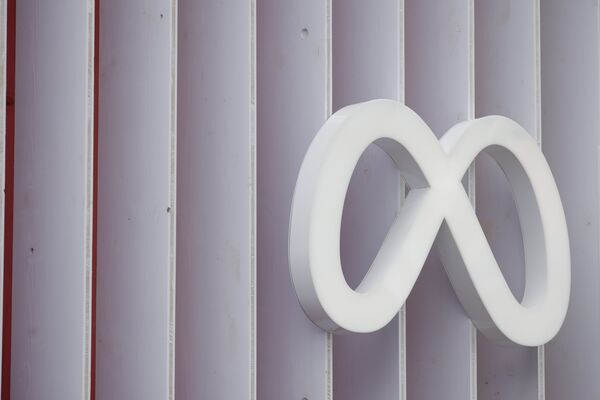|
>
|
 | QUESTIONS? Contact Us |
| STAY CONNECTED: | |
| COMMENT PERIOD BEGINS | Renewal of AZPDES Permit AZ0024554 for the Rio Salado Habitat Restoration Area in ... On June 15, 2023, the public comment period begins for the proposal to issue Arizona Pollutant Discharge Elimination System (AZPDES) renewal permit number... .22 hours ago | |
Rio Salado Habitat: Wildlife Sanctuary Created From Wasteland By Kathleen Ferris To create the park, the city removed 1,185 tons of tires and 138,572 cubic yards of trash.
In 2000 the City of Phoenix began digging piles of trash, tires, appliances, and hulks of old cars out of a 5-mile section of the Salt Riverbed that had served as a dump for decades.The Salt River once flowed through Phoenix before dams were built over 100 years ago to store water for farmers, and later, for homes and businesses in the Greater Phoenix Metropolitan Area. The Valley received the water it needed to grow but the empty riverbed scarred the heart of the city. In the late 1980s, Phoenix began to re-imagine the riverbed as a park stretching from 24th Street to 19th Avenue.Back then the estimated $80 million restoration of the riverbed was for dreamers. After all, the riverbed was 80 percent landfill. The dreamers included a development company that tried for years to find a safe way to build and irrigate a golf course along the south side of the riverbed between 7th and 16th streets.The golf course was never built, but the dreamers won without it. In 1991, Maricopa County Supervisor Ed Pastor was elected to Congress and made the restoration of the Salt River his mission. Federal money made the project possible.The Rio Salado Habitat Restoration Area was a partnership among the City of Phoenix, the U.S. Army Corps of Engineers, the Maricopa County Flood Control District and the Arizona Water Protection Fund. At the time, it was the largest restoration project ever attempted by the Corps. Nina Mason Pulliam Rio Salado Audubon Center. Photo Credit: Bill Timmerman | |
>
Jason Alden/Bloomberg Exclusive Meta in Talks for Scale AI Investment That Could Top $10 Billion The price would make it one...

No comments:
Post a Comment